Lowell Thomas and the Fire Tower
by Ed Sawicki
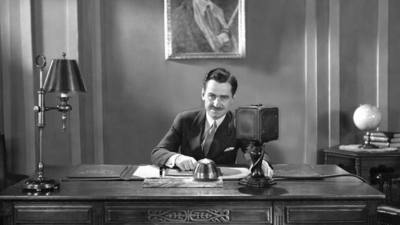
During the fourth week of June in 1969, a group of friends and I spent two days in Pawling, New York camping next to a fire tower on Quaker Hill. A few of us were amateur radio operators (ham radio) and were there to participate in ARRL Field Day—placing our antennas on top of the tower. We chose that place because Quaker Hill was almost 500 feet above sea level and the fire tower added another 90 feet or so, putting our antennas well above the Hudson Valley's tree tops.
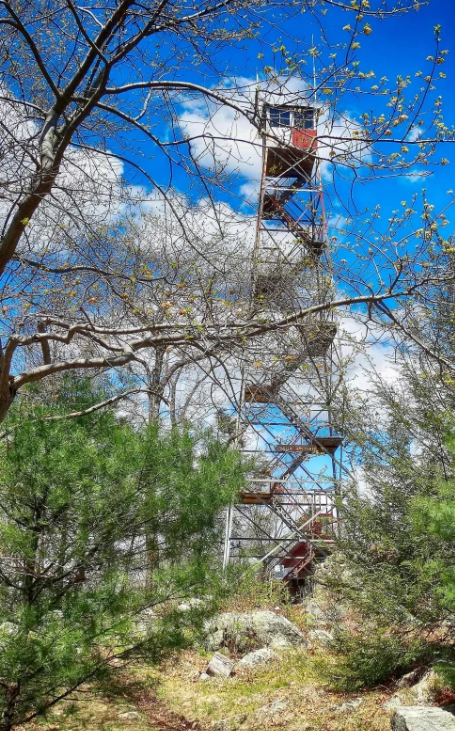
I loved that fire tower. The view was fantastic. You could see miles in every direction. The photo of the tower here is not the one on Quaker Hill but it was similar. The Quaker Hill tower did not have an enclosure on top. There was only a railing.
The tower is no longer there today. I don't know when it was taken down.
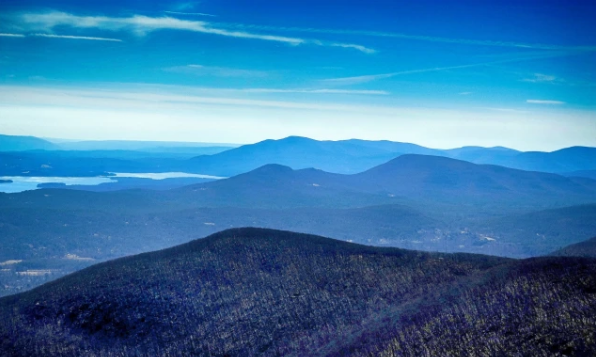
We had secured permission from the caretaker of the property in advance, a Mr. Gene Nicks. We met Nicks on the day we arrived but not afterward. I didn't know in advance that the owner of the property was famous radio broadcaster Lowell Thomas and Gene Nicks was his radio engineer. I found out when one of Gene's sons (who was driving with a NY State learners permit and had to be off the road by dark) drove me into town to purchase some necessities. On the way back to the fire tower he invited me to tour Thomas's studio on his estate.
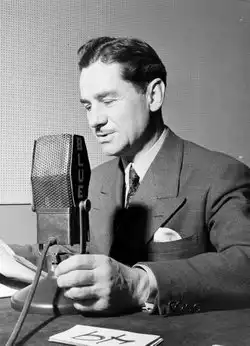
Voice of America: Lowell Thomas and the Rise of Broadcast News
So, there I was sitting in the chair that Lowell Thomas used to record his nightly broadcasts and staring into his microphone whose output was ultimately received at the CBS or NBC studios in downtown New York City, back when he was broadcasting. As far as I can remember, the photo at the top of the page is of Thomas in his Quaker Hill studio, where I visited and sat in that chair. The lamp seems familiar.
I remembered Lowell Thomas from the numerous newsreels in movie theaters when I was a kid. Thomas was the voice of Movietone News.
The Thomas estate was located at 400 Quaker Hill Road and is today Clover Brook Farm. At one time, the estate on Quaker Hill totaled 3,000 acres, but Thomas parceled it out to friends like the Rev. Dr. Norman Vincent Peale and former Gov. Thomas E. Dewey.
CBS News journalist Edward R. Murrow (born Edgar Roscoe Murrow) lived close at 33 Glen Arden Lane, which is about two-thirds of a mile (as the crow flies) from the Thomas estate, but I'm not sure if Murrow's land originally belonged to Thomas. Murrow has a park named after him about one-mile west of the Town of Pawling.
A year or two later, I dated a girl who highly-regarded Reverend Peale and I scored points telling her that I had stayed on the property that Peale's estate had been part of and even more impressed when I told her that property belonged to Lowell Thomas. Our relationship was doomed to fail though. As I learned more about Peale's politics (and hers), my criticism of Peale didn't sit well with her.
Shortly before or after our Pawling Field Day, my friends and I considered buying a run-down house on Putnam Lake. That was about 5 miles southeast of Pawling. I recall the house being on the east side of the lake where the Connecticut state line was a few hundred feet away. We decided not to buy the house because it would have required a lot of work.
Lowell Thomas married Marianna Munn in 1977 at the Holy Innocents Episcopal Church in Lahaina, Maui. Thomas's son, Lowell Thomas Jr., the Lieutenant Governor of Alaska, attended the wedding. My trips to Maui included visits to Lahaina just a few years later.

Note: Holy Innocents Episcopal Church was razed by fire along with many other buildings in Lahaina on August 8, 2023.
His personal secretary was Electra Ward who married Gene Nicks, his radio engineer, in September 1948. The Nicks had two sons - Robert W. Nicks and Thomas Ryan Nicks. Thomas died in 2019 in North Carolina. I'm not sure which of the sons I met in Pawling.
Lowell Thomas died on August 29, 1981 at age 89. He is buried in Quaker Cemetery in Pawling. His wife, Marianna, died in 2010 and is buried in Shiloh Park Cemetery in Ohio.
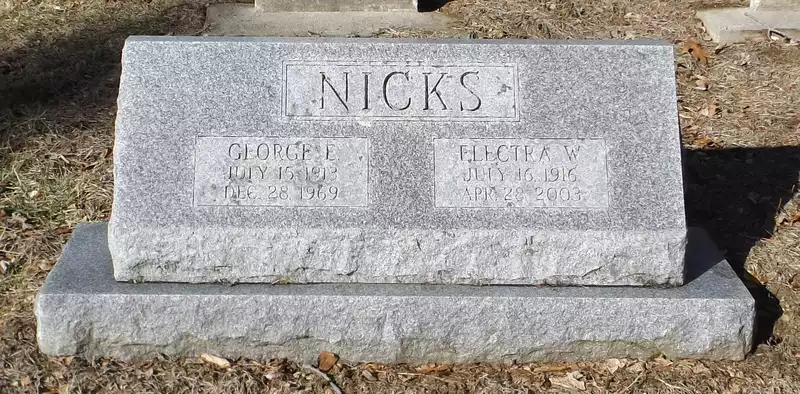
Gene Nicks died on December 28, 1969 at age 56. This was six months after I met him in Pawling. Electra Nicks died on April 28, 2003 at age 86. Both are buried at Quaker Cemetery in Pawling that is about one-mile north of the Quaker Hill Cemetery.
Thomas E. Dewy died on March 16, 1971 at age 68. He is buried in one of the two cemeteries near the heart of Pawling.
Norman Vincent Peale died on December 24, 1993 at the age of 95 and is buried with his wife, Ruth Stafford Peale, at Quaker Hill Cemetery in Pawling. Their grave is set apart from the other graves in the cemetery. They are in the circular Remembrance Garden that's close to the Christ Church on Quaker Hill.
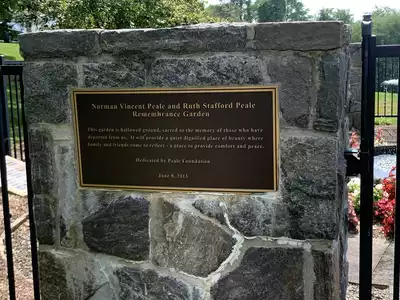
Edward R. Murrow died on April 27, 1965 at age 57 from lung cancer. He died at his farm, named Glen Arden Farm, in Pawling and his ashes were scattered in the glen there.
Click the yellow markers on the map below for a description of the place.
Technical details
During Field Day, we worked 80 and 40-meter CW and 2-meter AM voice. The HF antenna was a copper-wire, inverted-V dipole whose apex was the top of the fire tower and the ends were secured with fishing tackle to tree branches. Inverted-Vs are directional and we wanted an east-west orientation but we had forgotten to bring a compass. Installing the inverted-V was best-guess dead reckoning. The 2-meter antenna was a 7-element Yagi beam on a rotator.
I don't recall the equipment that we used but I remember that at least one of the rigs ran on batteries. So, there were times, during the day, when we turned off the gasoline-powered generator and ran on batteries. Unfortunately, we needed the generator power to rotate the 2-meter antenna. I vowed to engineer a battery-powered antenna rotator for the next Field Day (but never did).